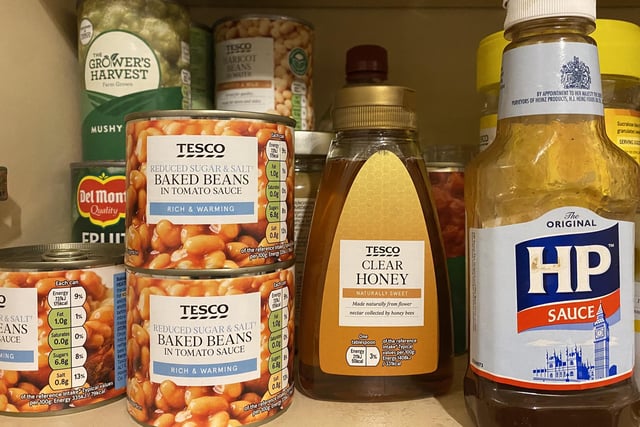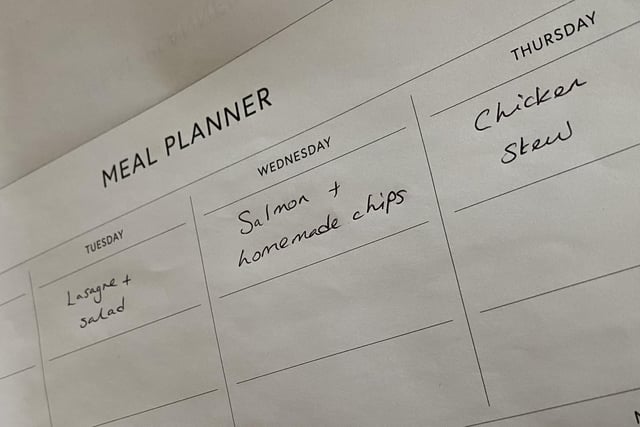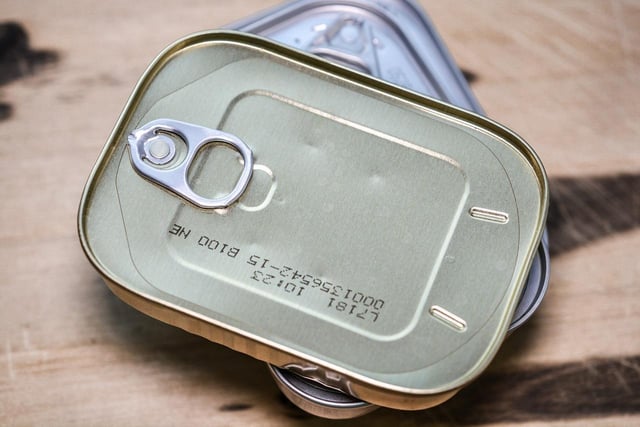“We know from our consumer research that households in Northern Ireland are already changing their shopping, cooking and eating habits, due to the rising cost of living,”, said Philippa McKeown-Brown, Head of Food Policy at the Consumer Council.
“Our most recent Northern Ireland Household Expenditure Tracker shows that in January to March this year, when food prices hit their peak at 19.1 percent, lowest-earning households were having to spend as much on food as they were on their combined housing and energy costs.
“This is placing a lot of strain on some households, with many low-income consumers having to sacrifice on the quality of the food they buy, and the quantity, with some parents reducing their portion sizes or skipping meals completely to ensure their children eat enough.”
Consumer Council research also shows that many consumers are doing all they can to save money on their grocery shopping, whilst others are only now beginning to adjust their spending.
Check out the list below for some tips that may help you make your money and food go further.
For further information on saving money on food, visit www.consumercouncil.org.uk/costofliving/food
As we approach Christmas, the Consumer Council also have a food and present planner to help you budget at https://bit.ly/budgetChristmas

1. Before you shop
Do a stock take of your cupboards and fridge to use up what you have. Photo: Helena McManus

2. Before you shop
Create a meal plan for the week and base your shopping list on this to avoid unnecessary purchases, use up ingredients, and any leftovers. There are plenty of resources online that cater for low budgets and time issues. Photo: Helena McManus

3. Before you shop
Plan meals you can cook in batches. This will save on home energy costs, give you an easy meal for another night, and avoid the need for last minute takeaways or ready meals. Photo: Helena McManus

4. Shopping tips
If you normally buy big name brands, try shifting to a ‘regular’ or supermarket own brand. Not only are they cheaper, but they’re often healthier too. Photo: Monika from Pixabay

